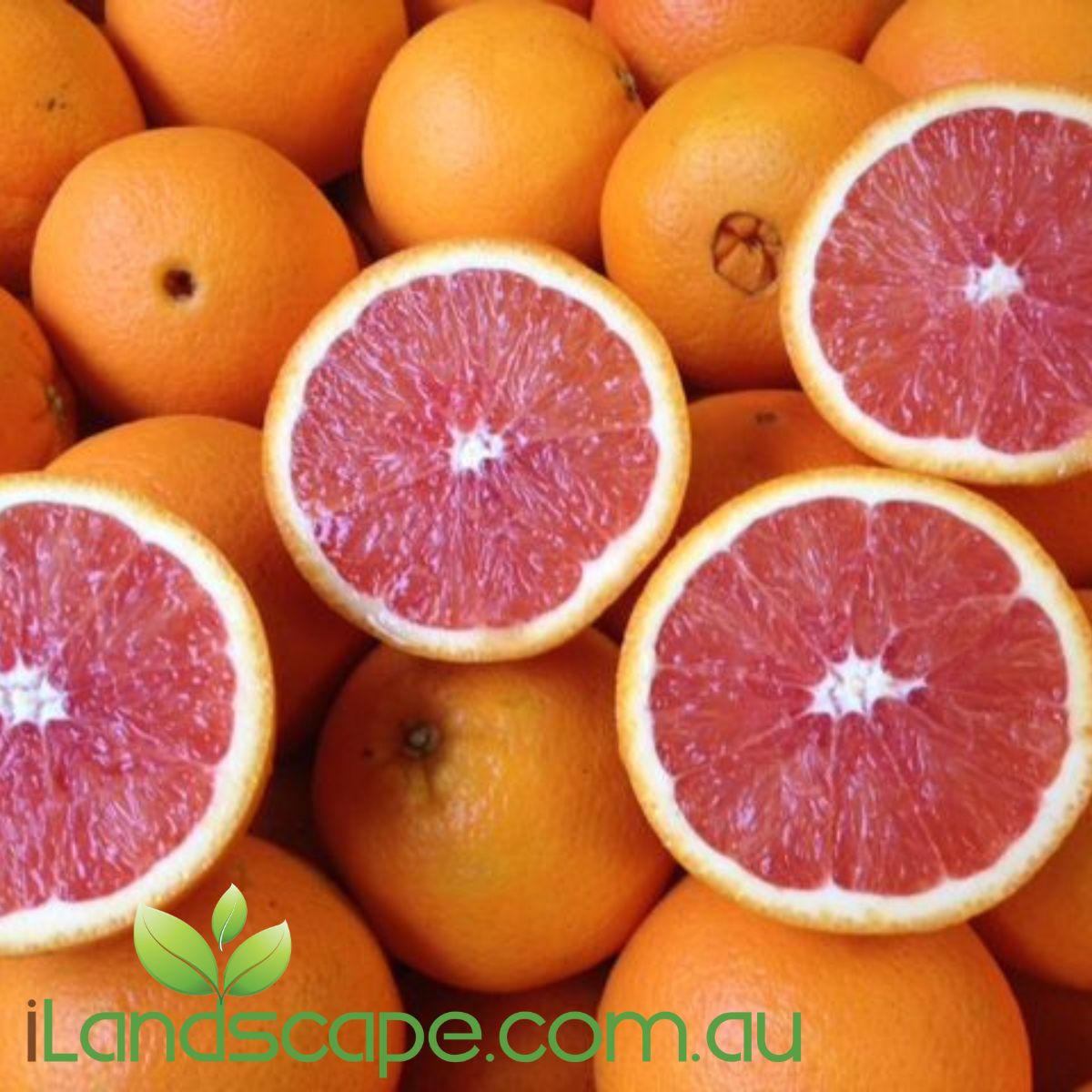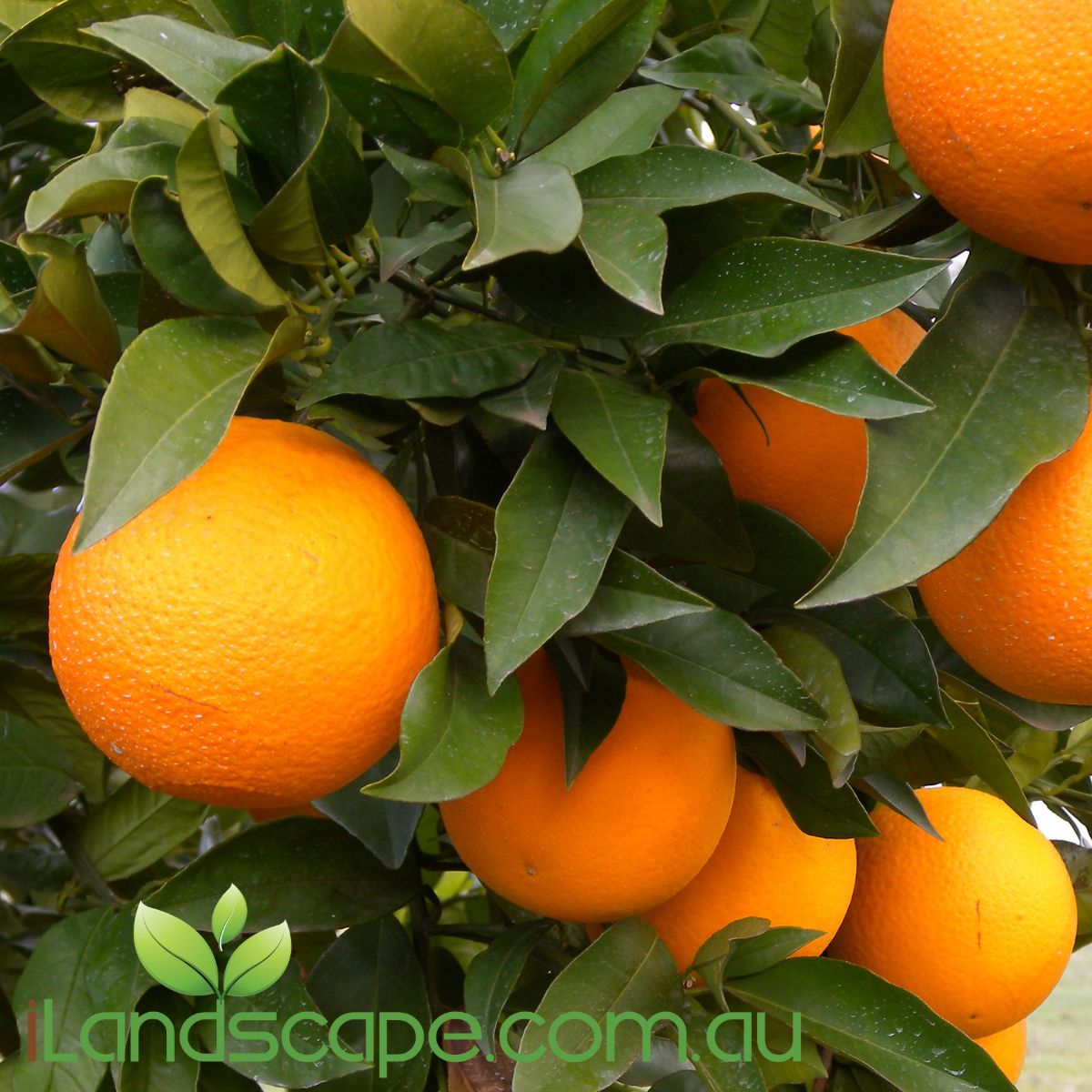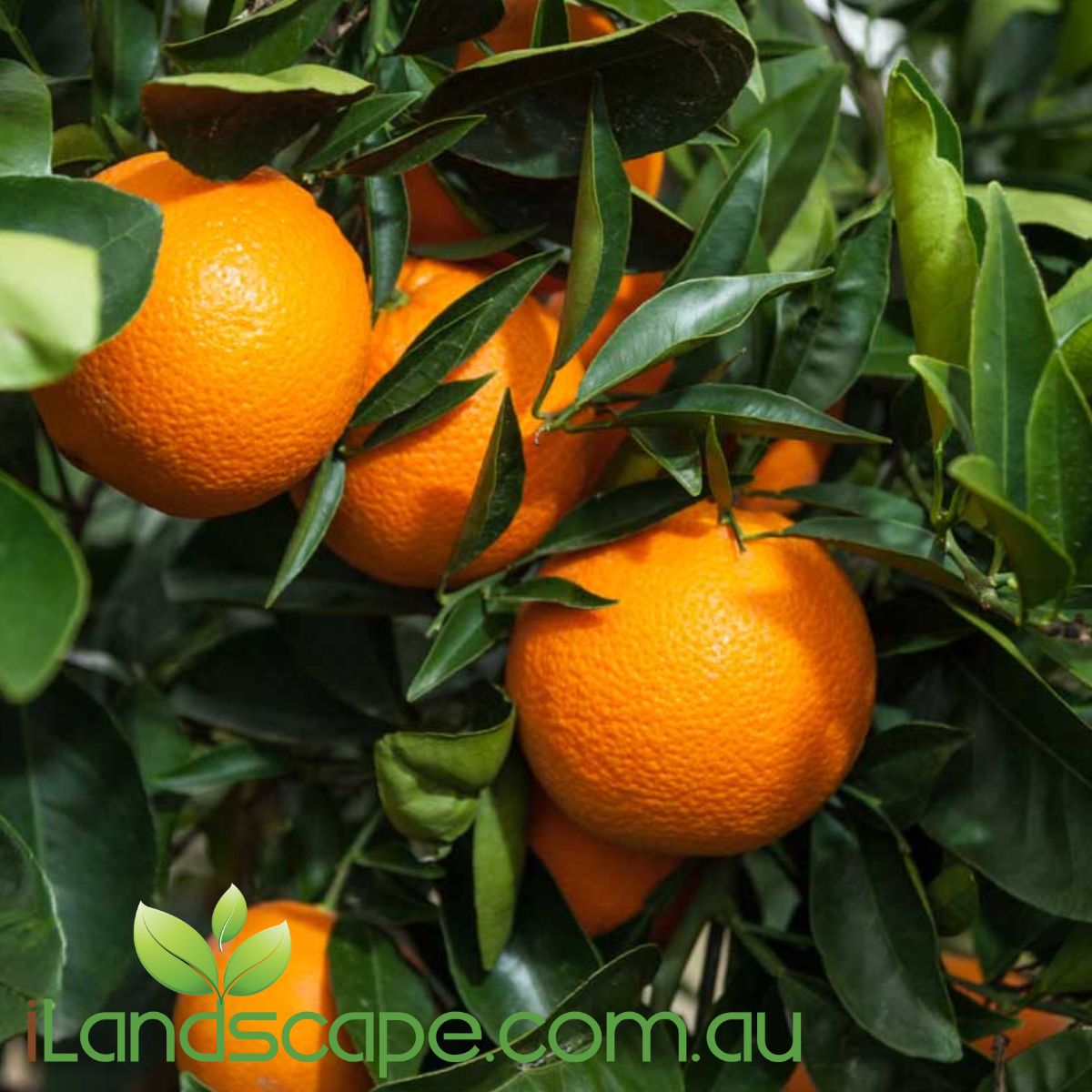Pinanga coronata - Ivory Cane Palm
Description
Pinanga coronata, commonly known as the Ivory Cane Palm or Blume Palm, is a striking and elegant tropical palm known for its slender, clumping trunks and graceful, arching fronds. This palm is highly valued for its ornamental beauty and unique appearance, making it a standout feature in tropical and subtropical landscapes as well as indoor settings.
Flowers
The Ivory Cane Palm produces small, creamy-white flowers that grow in clusters on branched inflorescences among the leaves. These flowers are followed by small, oval, bright red to orange fruits, adding to the plant's ornamental appeal.
Foliage
The leaves are pinnate and arching, with numerous narrow, glossy green leaflets arranged along the length of the frond. Each frond can reach up to 1-2 meters in length. The foliage creates a dense, feathery canopy that is both elegant and functional for shade.
Fruit
The fruit is a small, oval drupe that turns from green to bright red or orange as it matures. While not typically consumed, the fruit adds seasonal interest to the plant.
Form and Size
The Ivory Cane Palm typically grows to a height of 3-6 meters with a spread of 2-3 meters. It has slender, clumping trunks that are topped with crowns of graceful, arching fronds. The trunks are light grey to ivory-colored, often marked by ringed leaf scars, contributing to its delicate appearance.
Growing Conditions
Soil: Prefers well-drained, rich, organic soil. Thrives in moist, fertile conditions and can tolerate a range of soil types, including sandy and loamy soils.
Sunlight: Grows best in partial to full shade. It can tolerate some direct sunlight, especially in the morning, but prefers protection from harsh afternoon sun.
Water: Requires regular watering to keep the soil consistently moist but not waterlogged. It benefits from high humidity levels.
Climate: Suitable for tropical and subtropical climates. Prefers warm, humid conditions and can tolerate light frost once mature.
Uses
Landscaping: Ideal for use as a specimen plant, in group plantings, or as an understory plant in shaded garden beds. Suitable for small gardens, patios, and tropical-themed landscapes.
Ornamental: The graceful fronds and slender, clumping trunks provide a dramatic and exotic look, enhancing the aesthetic appeal of any garden or landscape.
Containers: Can be grown in containers for patios, verandas, and indoor spaces with sufficient light and humidity. Its compact size makes it well-suited for indoor cultivation.
Maintenance
Pruning: Minimal pruning required. Remove any dead or damaged fronds to maintain appearance.
Fertilizing: Benefits from regular applications of a balanced, slow-release fertilizer during the growing season.
Pest and Disease: Generally pest-resistant but can be susceptible to scale insects, spider mites, and fungal infections. Ensure good air circulation and avoid waterlogging to minimize disease risk.
Notes
The Ivory Cane Palm is a versatile and visually striking palm that adds a distinctive tropical flair to any garden or indoor space. Its slender, clumping trunks and elegant fronds make it a favorite among plant enthusiasts and landscape designers. It thrives in shaded environments, making it an excellent choice for various landscape settings and indoor cultivation.
Companion Plants
Calathea spp. (Calathea)
Spathiphyllum spp. (Peace Lily)
Philodendron hederaceum (Heartleaf Philodendron)
Chamaedorea elegans (Parlor Palm)
Common Name
Ivory Cane Palm, Blume Palm
Botanical Name
Pinanga coronata
Family
Arecaceae
Origin
Native to Indonesia, particularly Java and Sumatra



































